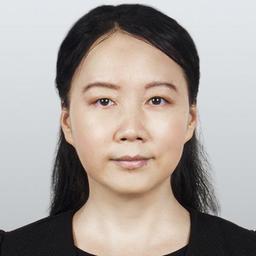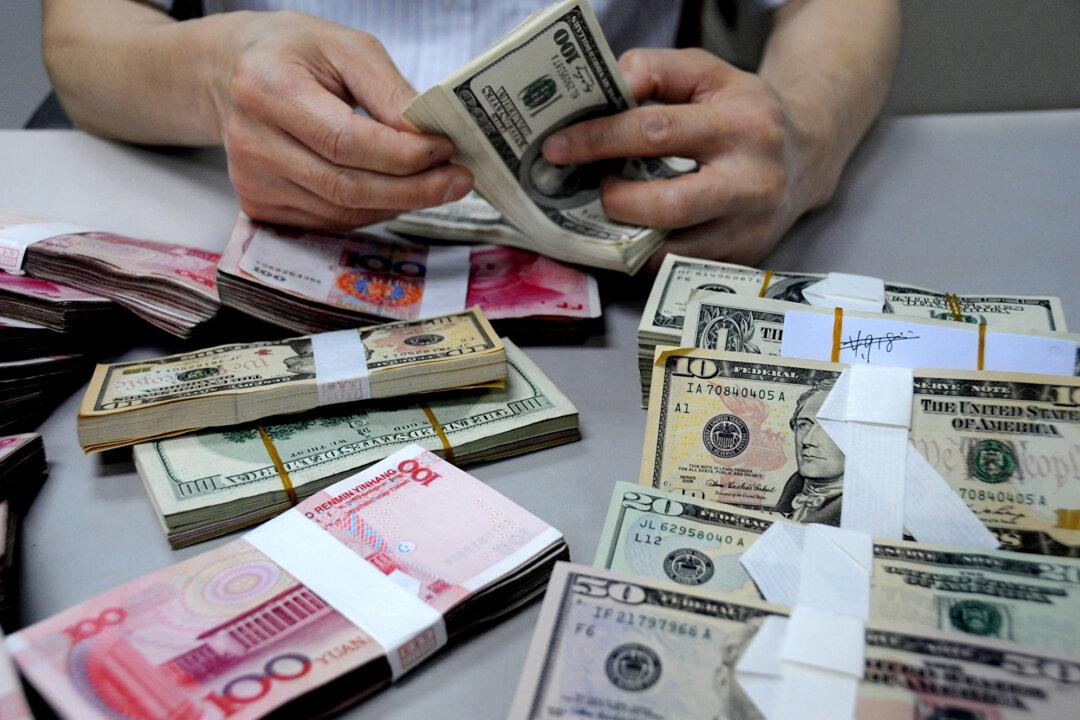Hong Kong’s total population saw negative growth in 2021, with data showing the declining birth rate being a top reason.
A recent survey found that the average cost of raising a child in Hong Kong accounts for nearly 70 percent of the city’s median household income.





